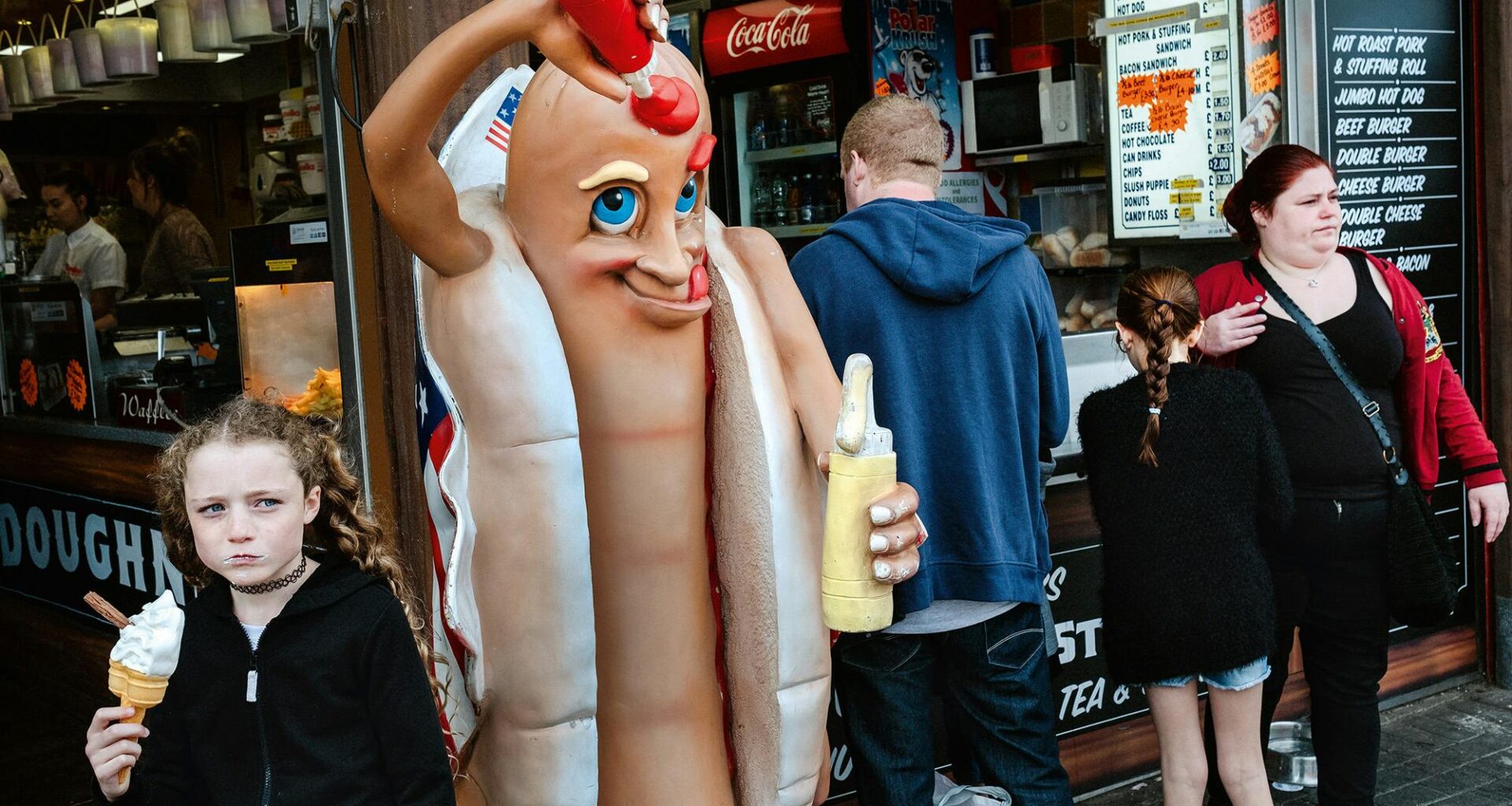In 2017, photographer Merlin Daleman set out to explore the economic north of the UK, retracing parts of a country he had left behind decades earlier. Having spent most of his adult life in the Netherlands, he returned seeking to understand the deep divisions that were exposed, and indeed widened, by the Brexit referendum. By turning his lens on those caught in the middle, Daleman invites us to confront the forces that have shaped modern Britain.
Reflecting on the book’s origins, Daleman says, “After the Brexit vote, I didn’t fully understand how the UK had reached that point. Living abroad, I was seeing the headlines but not the everyday reality behind them. So it began as a way to try and understand things for myself, to go to the places behind the statistics and see what life there actually looked like.”
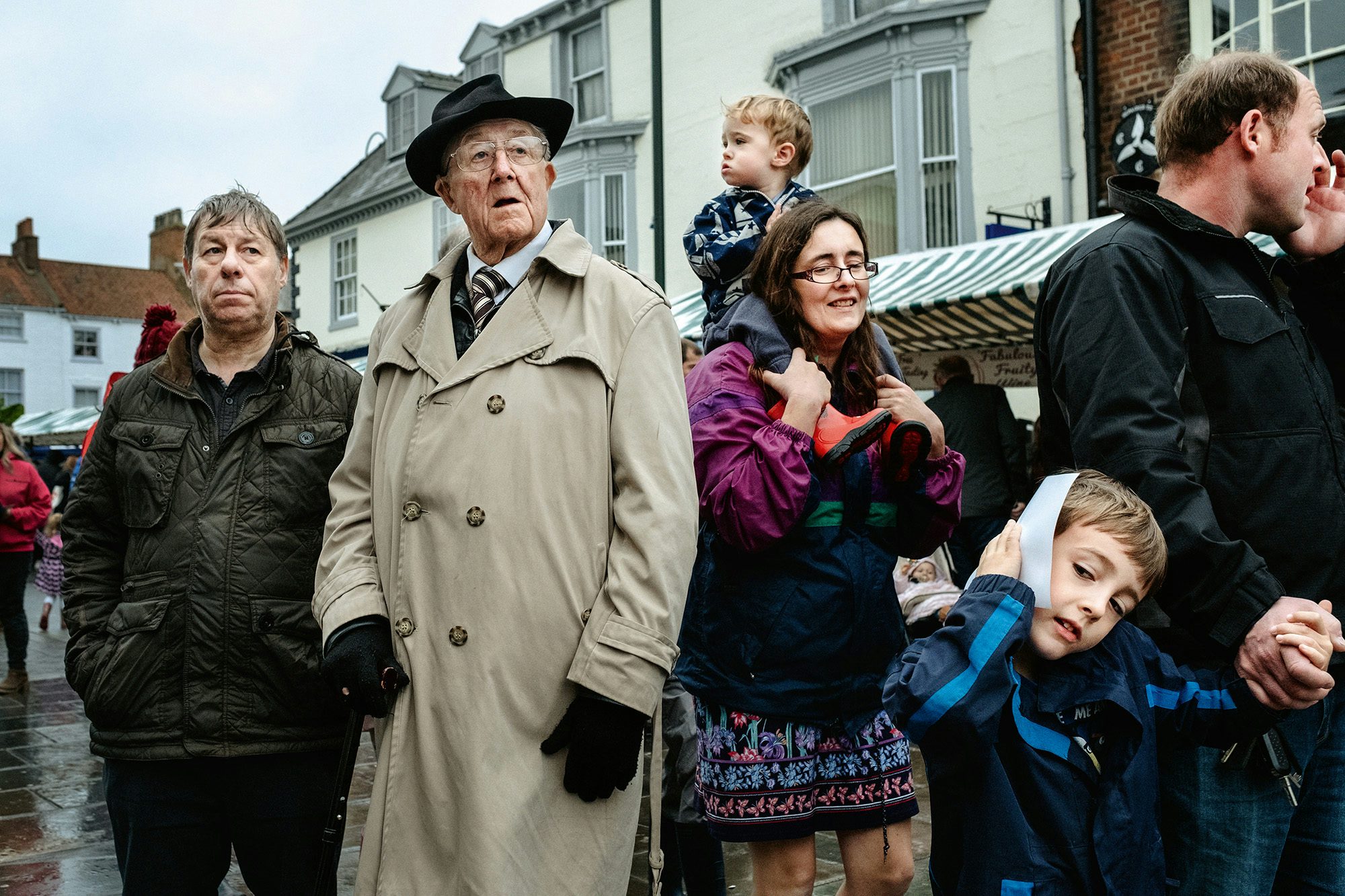 Market visitors in Beverley, October 2017. All images © Merlin Daleman/Gost Books
Market visitors in Beverley, October 2017. All images © Merlin Daleman/Gost Books
Driven by confusion and curiosity, Daleman journeyed to over 60 towns and cities – from Aberdeen to Bangor, and from Blackpool to Skegness. Starting in areas with the highest Leave vote percentage, he moved quietly through streets lined with boarded-up shops, graffiti-scarred walls and rain-slick pavements. He stopped by cafés, canals and colourful seafronts; took in amusement arcades, community centres and local pubs.
“I wanted to see what those places looked like, to understand the mood behind the decision,” he explains. “But it quickly became clear that I also needed to visit areas that would be hardest hit by leaving the EU. That shift gave a fuller, more honest picture of the country’s state. My approach is simple: I walk, I observe and talk to people, to try to capture the moments that I feel are important or tell a story.”
The stories in Mutiny unfold against a backdrop of profound regional inequality. As economic geographer Philip McCann notes in an essay by journalist Niels Posthumus featured in the book, the UK’s wealth is concentrated in London to an extent rarely seen in other European nations, with the capital’s economy surpassing that of the next 14 largest British cities combined.

Women playing a board game by the seaside, Skegness, July 2019

Two boys on a bike, Southport, June 2024
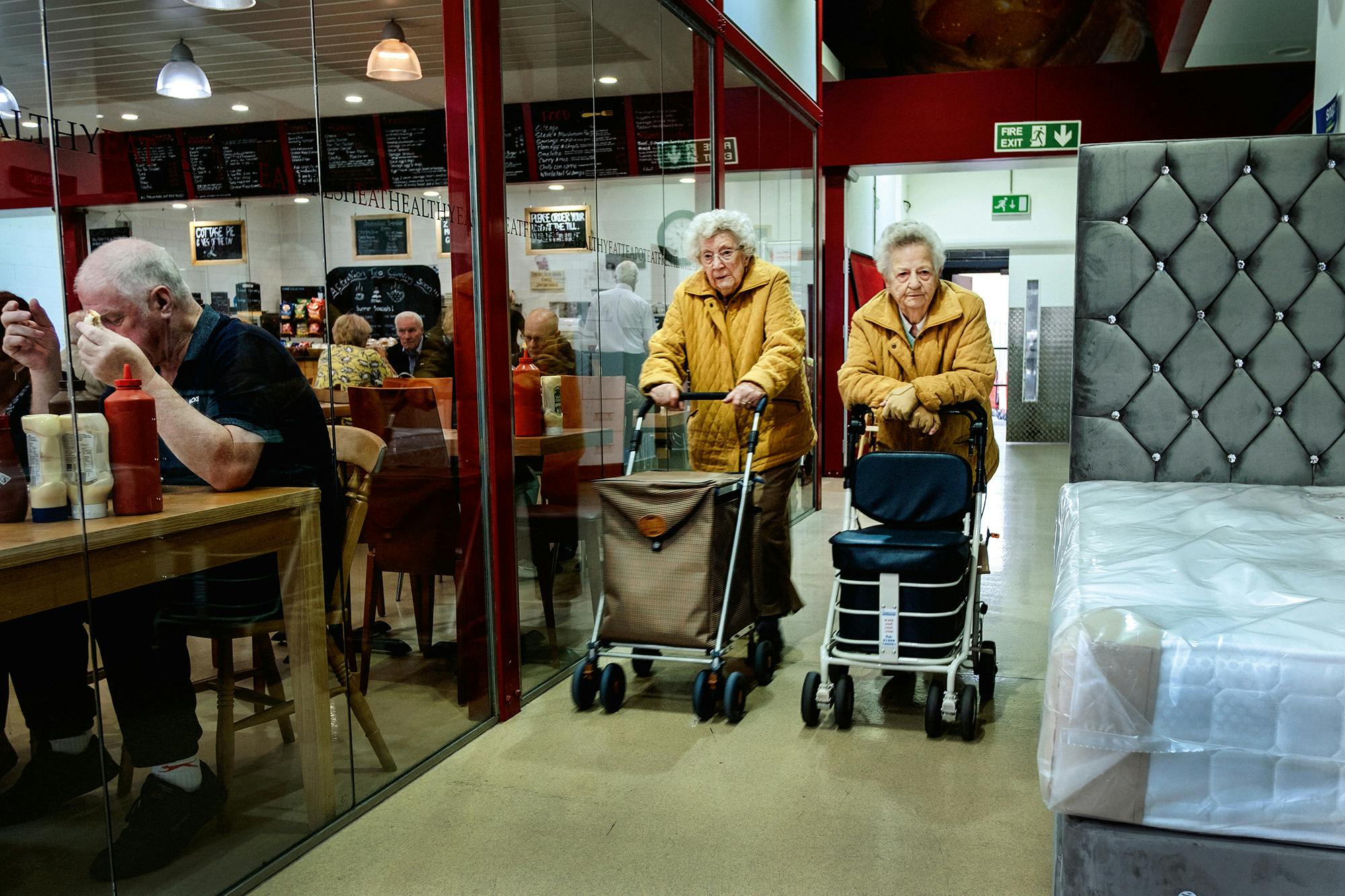
Two women in a shopping mall, Romford, June 2019
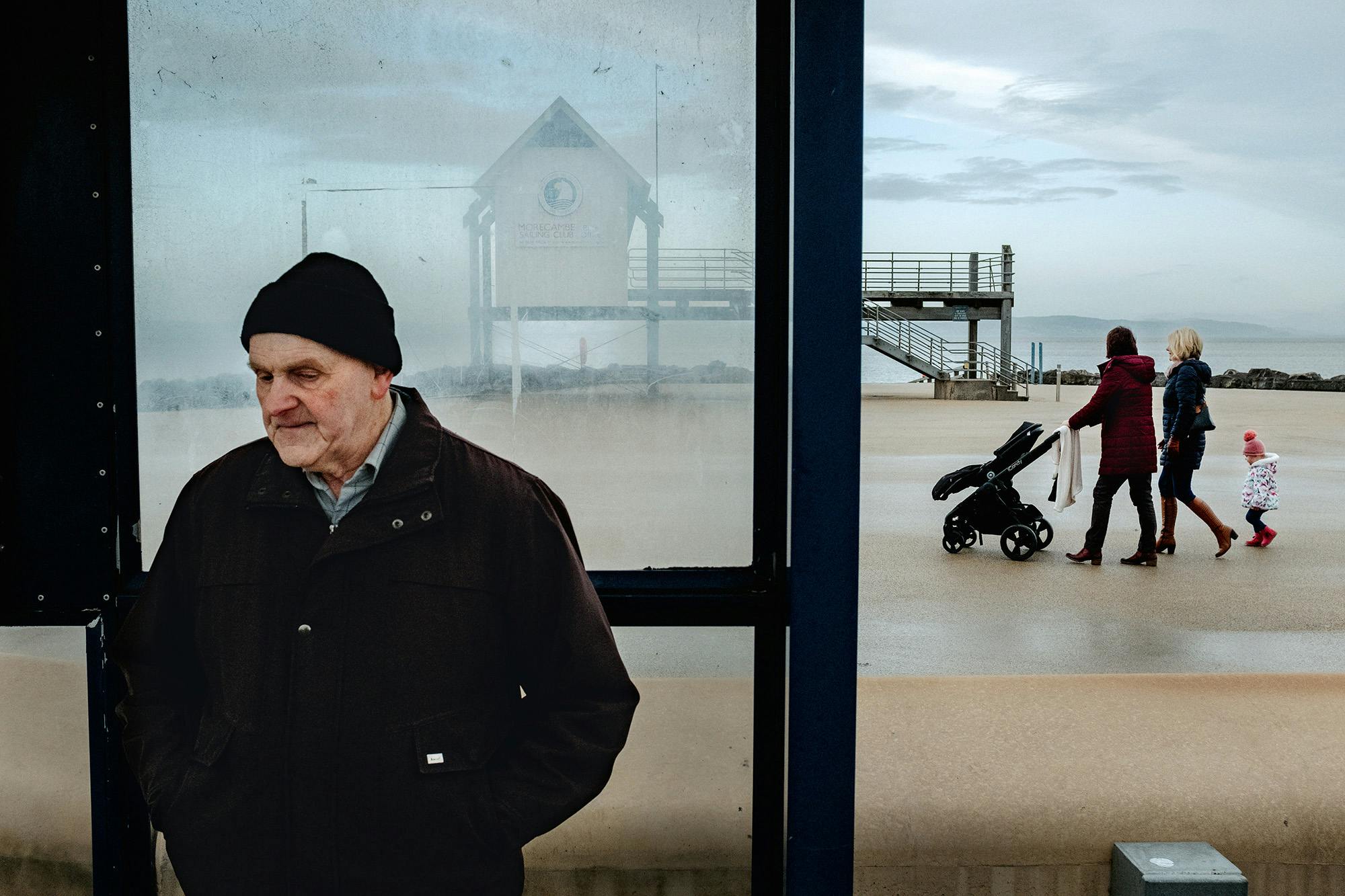
Bus stop on the seaside boulevard, Morecambe, November 2019
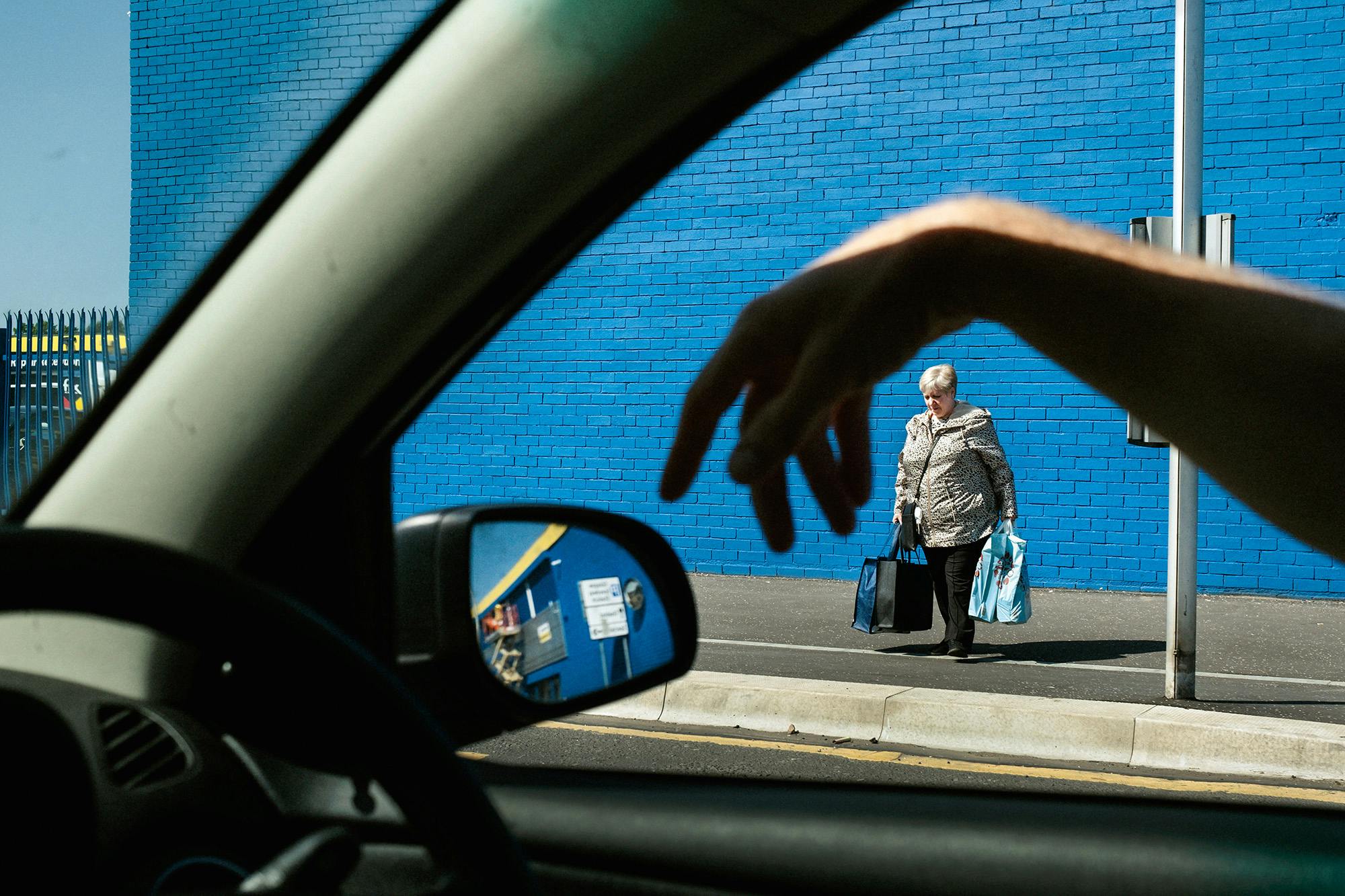
Driver’s hand, Glasgow, May 2023
For many in the north, this imbalance has bred feelings of disenfranchisement and marginalisation – an undercurrent that the Leave campaign successfully tapped into during the referendum. And yet Daleman’s images, while unflinching in their depiction of economic decline, also capture moments of humour, warmth and resilience among the people he met. He might possess an outsider’s eye, but he was guided above all by a sense of empathy and familiarity.
So what, if anything, had changed from Daleman’s perspective? “Strangely, I noticed very little change, it felt like time had stood still,” he says. “In contrast to the sense of progress I saw in the Netherlands, the UK felt stuck. Looking back, I think that’s a result of policies made in London that were designed to benefit the capital, with the assumption that the rest of the country would follow. But it didn’t. Instead, many places were left behind.”
 Boat ride, Skegness Pleasure Beach, July 2019
Boat ride, Skegness Pleasure Beach, July 2019
The discontent created by this growing divide is what gave Daleman’s book its title. But while the word ‘mutiny’ might evoke civil disobedience or rebellion – a forceful, even violent overthrowing of authority – here it manifests as something softer, more bittersweet. A form of defiance that, in many ways, has proven to be self-defeating. “I wanted to show the parts of the UK that haven’t shared in the wealth and growth seen in London and its hinterland. The resilient UK,” says Daleman.
“I hope the book helps some people to see and recognise this other part of the UK. The places that are so often overlooked. What’s stayed with me is a kind of wish: for the country to feel more united again.”
Mutiny is published by Gost Books; gostbooks.com
